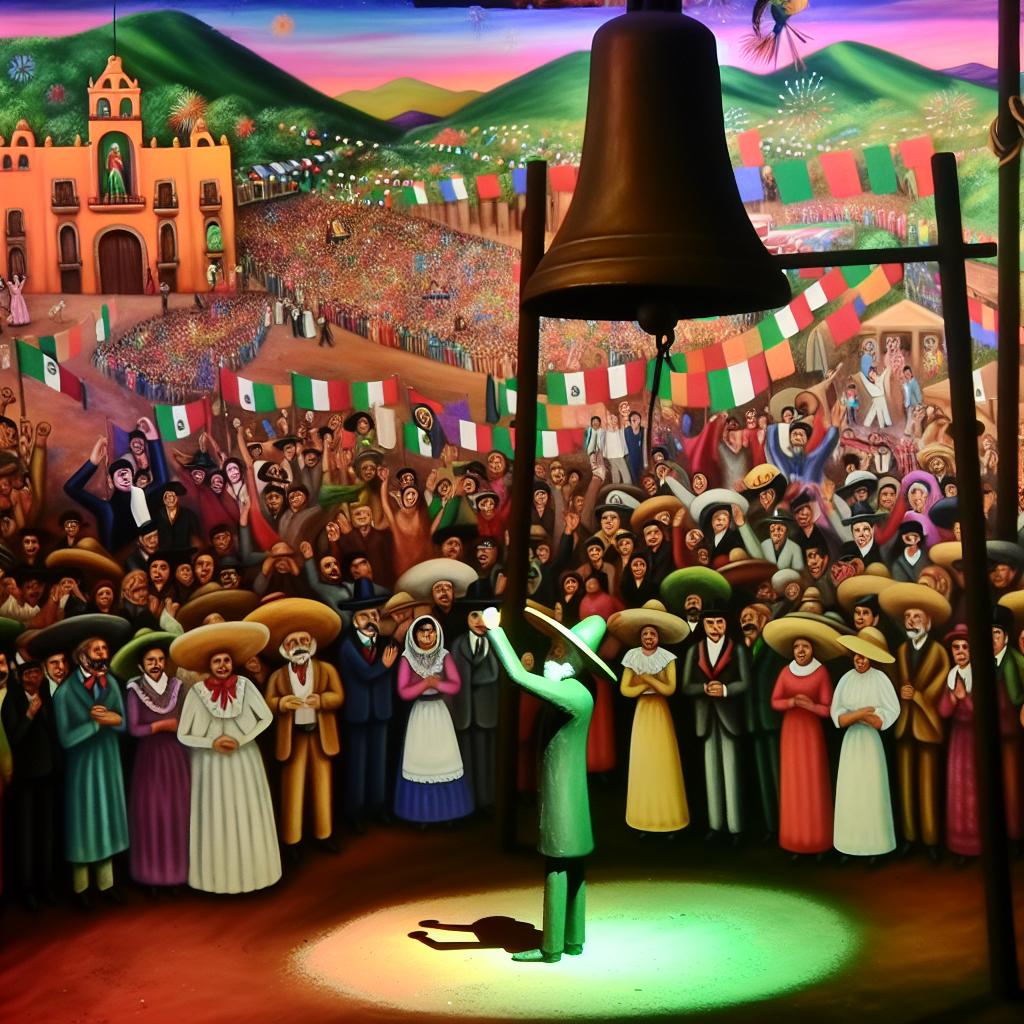The Mexican War of Independence: An Overview
The Mexican War of Independence was a pivotal event in the early 19th century that led to the end of Spanish colonial rule in Mexico and established the country as an independent nation. This conflict spanned over a decade, from 1810 to 1821, and was marked by a series of battles, treaties, and social upheavals.
Background and Causes
The roots of the Mexican War of Independence are intertwined with a myriad of social, economic, and political grievances under the oppressive Spanish colonial administration. Discontent was palpable among various social strata within New Spain, including the criollos—descendants of Spanish settlers who were born in the New World—and the indigenous and mestizo populations who suffered from systemic inequality and exploitation. The winds of change, influenced by the Enlightenment ideals advocating liberty and individual rights, fanned the flames of revolution. Moreover, the success of other independence movements in the Americas, notably the American and Haitian Revolutions, served as an inspiration for Mexican leaders to defy Spanish hegemony.
The Grito de Dolores
The official inception of the conflict is marked by the famous Grito de Dolores or “Cry of Dolores,” promulgated on September 16, 1810, by Miguel Hidalgo y Costilla, a Catholic priest. In this fervent call to arms, Hidalgo implored the populace to overthrow the Spanish overlords, igniting a widespread insurrection. Hidalgo’s burgeoning army, composed primarily of indigenous people and mestizos, rapidly swelled as they marched toward Mexico City, symbolizing a burgeoning collective consciousness seeking self-determination. Although initial uprisings were ultimately stifled, the seeds of independence had indelibly taken root.
Key Figures
Several pivotal figures emerged as torchbearers of the independence movement. After Hidalgo’s execution in 1811, the mantle of leadership passed to other revolutionary stalwarts such as José María Morelos. A steadfast priest, Morelos meticulously organized and spearheaded campaigns throughout southern Mexico. His strategic acumen and tenacity earned him the admiration of followers and contemporaries alike. Other notable leaders included Vicente Guerrero, an important military strategist whose guerrilla tactics proved invaluable, and Agustín de Iturbide, a former royalist officer whose decision to switch allegiances was instrumental in the eventual triumph of independence forces.
The Plan of Iguala
A seminal moment in the independence movement came with the promulgation of the Plan of Iguala in 1821. Crafted by Iturbide, this comprehensive plan called for the establishment of three primary guarantees: the independence of Mexico from Spanish dominion, equitable treatment for the country’s Spanish and Mexican citizens, and the recognition of the supremacy of the Roman Catholic Church. The plan’s pragmatic and inclusive proposals drew widespread support, facilitating the creation of the Army of the Three Guarantees. This formidable coalition played a crucial role in ensuring a relatively peaceful transition to independence.
The Treaty of Córdoba
The protracted conflict culminated in the signing of the Treaty of Córdoba on August 24, 1821. This seminal treaty, endorsed by Spanish viceroy Juan O’Donojú and Iturbide, unequivocally acknowledged Mexico’s independence, cementing the cessation of Spanish rule. The treaty marks a defining point in Mexican history, signifying the country’s emergence as an independent sovereign nation after years of arduous struggle.
Significance and Legacy
The Mexican War of Independence left an indelible imprint on the geopolitical landscape of the Americas. It signaled the decline of the Spanish Empire’s once formidable dominion in the New World, setting a significant precedent for other nations in Latin America who aspired to gain sovereignty. The struggle for independence, however, was just the beginning of Mexico’s journey. In the turbulent years that followed, the fledgling nation grappled with myriad internal conflicts and external threats as it endeavored to forge a stable and inclusive governmental framework.
The legacy of the Mexican War of Independence is multifaceted and remains a cornerstone of the nation’s identity. Its historical and symbolic significance is celebrated annually on September 16 as Mexico’s Independence Day, providing an opportunity for reflection on the country’s arduous path to self-determination and the enduring values of freedom and equality.
For more detailed information on the Mexican War of Independence, consider consulting credible academic resources and historical archives. These sources offer extensive insights and analyses that delve deeper into this significant chapter in history.







